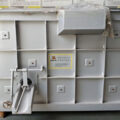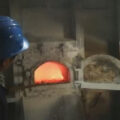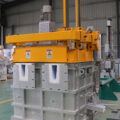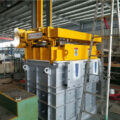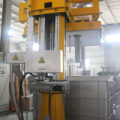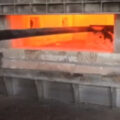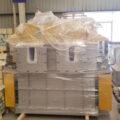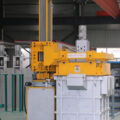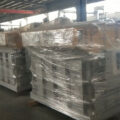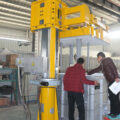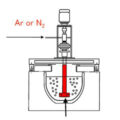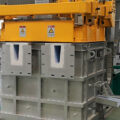People have conducted extensive research on reducing the hydrogen content and insoluble inclusions in aluminum alloy melts. The simplest method of molten aluminum degassing in the early days was batch processing in the furnace. The refining gas was introduced into the bottom of the molten pool through a tube to produce bubbles. The refining gas was usually Ar or N2 plus no more than 10% active gas, such as Cl2, etc. The bubbles formed by this treatment method are coarse and unevenly distributed, and at the same time increase “suspended” insoluble inclusions. The “resting” time must be increased during the production cycle.
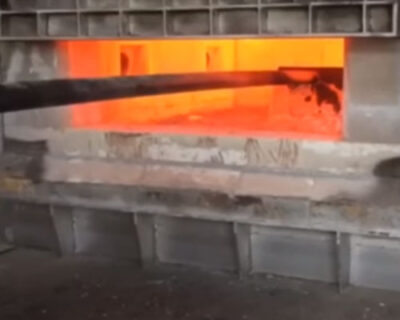
On-line molten aluminum degassing equipments appear. These devices can be divided into two categories, one is the rotating nozzle type represented by SNF and Alpur, and the other is the fixed nozzle type represented by MINT and DMC. Practice shows that the rotating nozzle type has a higher purification efficiency. AdTech on-line degassing unit adopts rotary jet degassing, and the degassing efficiency is stable at an average of 60%. When Mg is less than 1% in molten aluminum working with argon, the best degassing effect can reach 0.09cc/100g.
The rotor is designed with silicon nitride material, and the service life is more than 2 years (the longest service life can be 5 years). It has strong advantages in aluminum corrosion resistance, thermal shock resistance, oxidation resistance, abrasion resistance, mechanical strength, etc. It can be soaked for a long time without abrasion. The shaft is 60mm and the head diameter is 200mm. Minimize the stirring resistance to the melt. The high-speed 450-550 rpm design can break the bubbles to the maximum extent and disperse the bubbles to all corners of the inner cavity in the largest range. There will be no change in the performance, and it has a long-term stable degassing effect. (The stability of the degassing efficiency, the service life, the labor cost of replacing the rotor, etc.) is the best overall cost performance.

